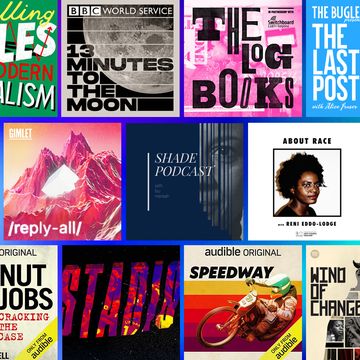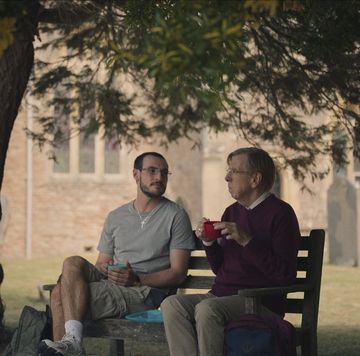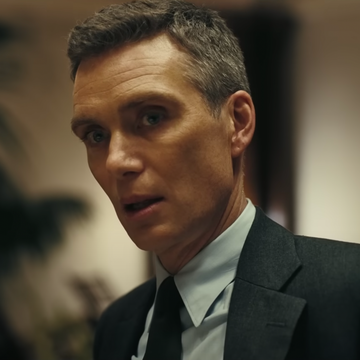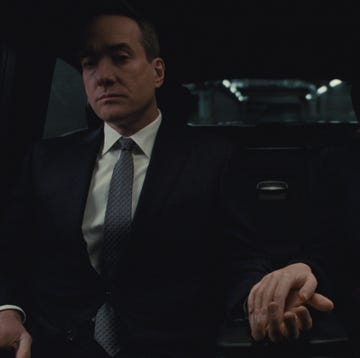Google+, the social media platform launched in 2011 with Facebook in its sights, has finally croaked. RIP u will live on forever. Cant believe it. I wanna run to u. Really cant believe this. @...
Of course, it actually died years ago – about three people used it to begin with, and that number fell drastically over time – but a massive privacy scandal alerted Google to the rotting corpse in the corner, and they politely disposed of it two weeks ago.
It was a disaster from start to finish, and has more than earned its place on the funeral pyre of failed platforms. For nostalgia's sake, let's remember 5 social media sites that Facebook crushed on its way to world domination...
Friendster
What was it?
Launched in 2002, Friendster (an ode to Napster, the MP3 sharing platform that caused a global copyright panic) preceded its rivals and laid the groundwork for what a social media platform should be: you could create personal profiles, share photos and trade birthday messages with people you actively avoided 364 days a year. Founder Jonathan Abrams even considered the site a dating service of sorts, with Match and eHarmony in the company's crosshairs. Problem is, it was buggy and slow – really, really slow – and didn't feature a newsfeed of any kind, so it basically functioned as an online Yellow Pages with some holiday snaps Sellotaped inside.
Why did it fail?
Rival platforms started to vie for Friendster’s user-base, with Abrams even accusing MySpace staff of spamming the site’s message boards trying to steal users. When he found out about Facebook’s mercurial rise on US college campuses in 2004 he tried to start a “Friendster College' initiative designed to stem Mark Zuckerberg’s flourishing site (which looked remarkably like Friendster, from its blocky design right down to its light blue colour scheme).
He even pushed for a takeover bid, but investors were more concerned with fixing the site’s long-running “technology problems” than swiping at its competition. Friendster was quickly overtaken, and Facebook ended up buying all of its social networking patents in 2010. Abrams eventually transformed the site into a relatively popular gaming platform until it closed down in June of this year.
Piczo
What was it?
A 2003 blogging platform popular amongst British teenagers and absolutely nobody else (for good reason). Before the days of simple website-builders like SquareSpace, we all used our Key Stage 3 HTML-skills to create online hellscapes infested with millions of computer-frying GIFs, usually of Bugs Bunny smoking on a huge bifta and the like. Before cyber bullying became the refined art that it is today, Piczo's 'social' element came in the form of guestbooks crammed with "your mum" jokes. Whole pages were dedicated to Carmen Electra and how much we liked football ("loads"). The platform raked in 10 million visitors a month during its heyday, somehow.
Why did it fail?
Piczo was basic even for its time, and teens ditched it as soon as competitors came along. It shut down in 2012, but Tumblr's cult success ultimately proved there was a place for a basic, creativity-led blogs amongst young people (just with way fewer GIFs).
Bebo
What was it?
Before Facebook globalised our clicking habits, a site's popularity amongst young people was decided by word of mouth across playgrounds and MSN chats. That's how Bebo, founded in 2005 by a British husband-and-wife team, overtook MySpace as the UK’s most popular social media platform. Its surprise success was always going to be short-lived, though: it couldn't host music playlists, had no 'unique' profile templates, didn't have the backing of floppy-fringed emo stars and, most importantly, its friends list wasn't nearly as Darwinian as MySpace's 'Top 8'. In fact, users were already starting to depart for the cool American rival when AOL came in with a bemusing $850 million bid in 2008.
Why did it fail?
That, as everyone knew at the time, was a very, very bad idea. As MySpace and Facebook introduced innovative features and grew into worldwide phenomenons, Bebo fell by the wayside. The BBC described the buy-out as “one of the worst deals ever made in the dotcom era”, and AOL CEO Randy Falco lost his job over it. Bebo was sold in 2010 and declared itself bankrupt not long after, and founder Michael Birch has since re-launched the site as a messenger app and a Twitch streaming platform.
MySpace
What was it?
Your old mate Tom Anderson launched MySpace in 2003, and it didn't take long for it to blow up. The ability to embed music and YouTube videos in profiles meant that young users flocked to the platform, where they spent days curating soul-bearing, heart-wrenching playlists that nobody ever listened to. Socially devastating features like the ‘Top 8’ friendship grid blurred the line between off and online life, and high-altitude profile shots gave us our first taste of the selfie. MySpace's reputation as a music hub was also bolstered by independent artists like Lily Allen, who released their early demos on the platform and prompted the company to start its own record label. News Corp purchased MySpace for $580 million in 2005.
Why did it fail?
That looked like a smart move. Within a year MySpace tripled in value, and by early 2008 it was reigning supreme over Facebook, its closest rival. But as Zuckerberg’s platform continued to grow, rapidly evolving into the omnipresence it is today, MySpace’s audience dwindled. Many theories have been floated as to why, but the most popular is that MySpace focussed too heavily on music and entertainment instead of connecting people in conversation. The site was sold to Justin Timberlake and his Specific Media Group in 2011, and now functions as a pretty redundant music platform. MySpace Tom now spends his time travelling the world, taking photographs for his Instagram account. Good for him.
Ello
What was it?
Touted as an ad-free, trustworthy alternative to Facebook, this sparsely-designed social network whipped up a lot of excitement back in 2014. It swore never to sell peoples' data, and proclaimed to users in a sanctimonious 'manifesto' that "You Are Not A Product". Ello gained viral attention when members of the San Francisco LGBTQ community ditched Zuckerberg's site due to Facebook's real-name policy, which drag queens found exclusionary, and over 3 million curious people signed up to the site in that time.
Why did it fail?
Nobody really knew what it was for. A scant and confusing interface didn't help, which left people seemingly unable to connect with each other over the network (which was the whole point, really). The invite-only hype dissipated, and the company ultimately admitted that they regretted pitching Ello as an alternative to Facebook. The site eventually relaunched as a platform for artists, dubbing itself "The Creators Network". It's still very, very confusing.

Nick Pope is the Site Director of Esquire, overseeing digital strategy for the brand.














